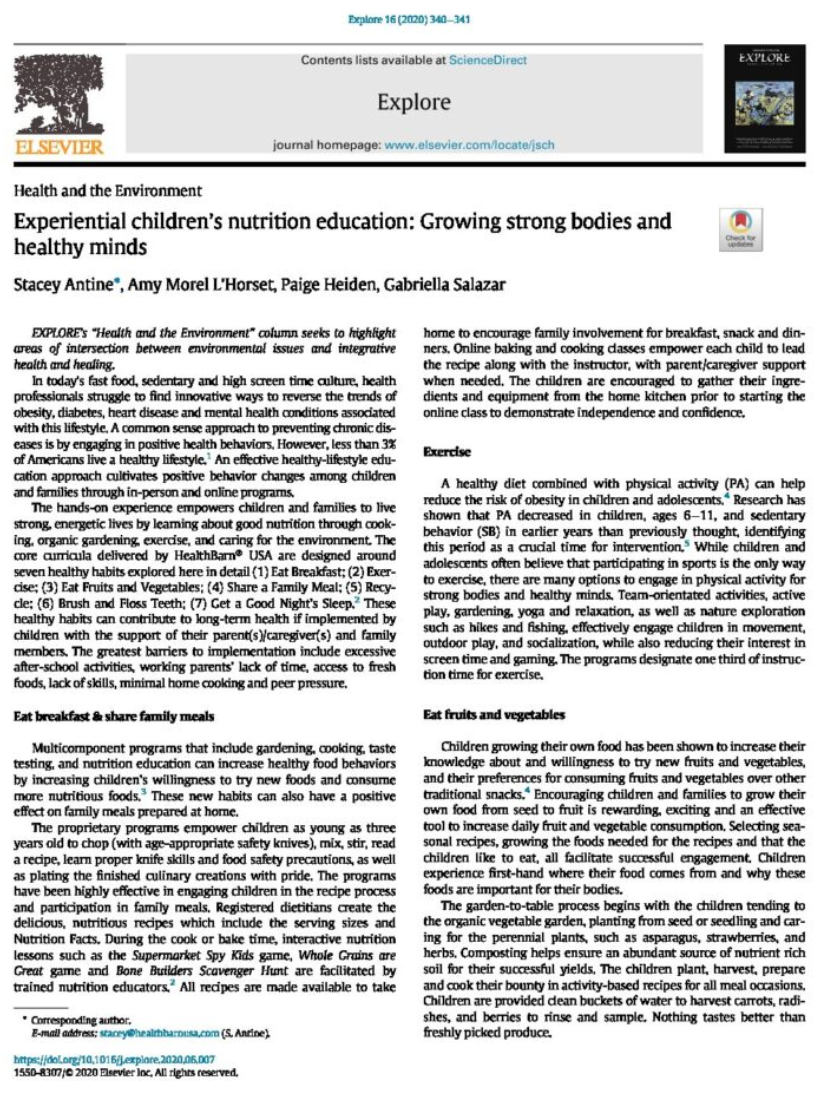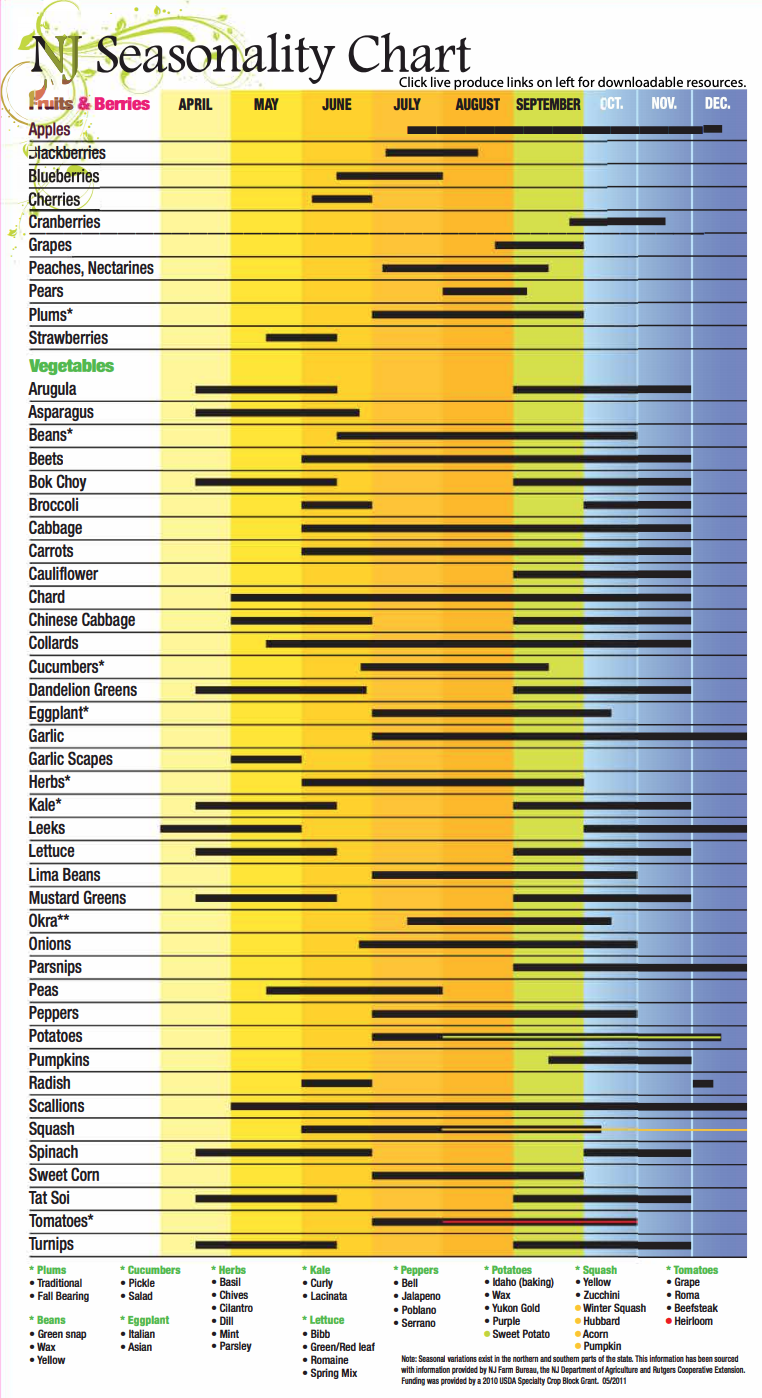The Sustainable Kitchen
How to Achieve a Sustainable Kitchen
Living a healthy lifestyle is a step in the right direction for your health and the planet, too. Where do you start this exciting journey? In your kitchen, the heart of your well-being. The kitchen is the center of your home. It’s the place where you nurture yourself and the people you love. It’s the gathering place where you share joys and disappointments and it can be the space with a direct connection to Mother Nature. The connection with nature transforms an ordinary kitchen into a sustainable one. Does this sound exciting? If you answered yes, let’s begin to explore the key steps to achieve a sustainable kitchen or perhaps make some enhancements to your efforts thus far.
The following steps have evolved over 15 years at HealthBarn USA through real-time garden-to-table nutrition and environmental education. The two are interconnected, as we all are with Mother Nature.
Step 1: Take an inventory of your current kitchen. Determine what percentage of your food is fresh and processed. Take an inventory of the refrigerator, pantry and freezer. How do we determine processed foods? These are foods in packages with nutrition labels and the ingredients include more than three-five words, many of the words are hard to pronounce, and include words that you wouldn’t want to eat (including preservatives, food dyes, etc.). If your inventory includes 60% of fresh foods vs. processed foods you are doing well and could use some improvement. Ideally in a sustainable kitchen, you want to be at 90-95% fresh foods, that’s the goal.
Step 2: Go Fresh! Eating a variety of fresh fruits and vegetables is at the center of a healthy plate. Produce is loaded with delicious nutrition not only for your body, but for the earth by way of composting! Check out the NJ seasonal produce chart by Rutgers Cooperative Extension [insert].
Step 3: Shop Local. Look for local produce from farms in your county or state, which helps reduce transportation and carbon emissions. Seasonal fresh produce can be found locally at farmers’ markets, in supermarkets (look for signage of origin). It also supports the local economy and typically helps reduce your grocery bill as well. Check out the Environmental Working Group (EWR)’s 2020 Dirty Dozen list: https://www.ewg.org/foodnews/dirty-dozen.php when selecting organic vs. conventional produce for your family. As a bonus, bring your reusable bags into the market to save paper and reduce plastic.
Step 4: Grow Your Own Food. Children growing their own food has been shown to increase their knowledge about and willingness to try new fruits and vegetables, and their preferences for consuming fruits and vegetables over other traditional snacks (1). You can start small with a pot of one or two tomato plants and basil or your favorite savory herbs and watch the magic unfold as you delight your taste buds. Homegrown food tastes the best, yields a lot (you can share with neighbors), excites people of all ages, and brings the kitchen to life with seasonal edibles. Backyard gardening and Community Supported Agriculture (CSAs) are a way to boost family nutrition and fight food insecurity.
Step 5: Compost Your Food Scraps and More. Compost is referred to as black gold because it keeps the ecosystem healthy, active and loaded with good nutrition to grow vibrant fruits and vegetables. There are a variety of compost methods from digging a hole in the ground filling it with food scraps, leaves, grass clippings and more turning it regularly to purchasing a commercial barrel to a closed worm bin under kitchen sink. The methods are available for homes, apartments, schools and more! If you are cooking and eating fresh foods, you definitely have an abundance of potential compost. Keep a bucket with a lid wherever you are chopping so it’s a visible reminder of where food scraps go! Set up a system for emptying, turning and cleaning the bucket each day! People who compost have seen a reduction of 30-40% of their regular garbage. It’s worth the effort.
Step 6: Systemize Weekly Meal Planning. Designate a day of the week for one hour to organize your daily meals for seven days loaded with fresh and seasonal foods. Keep a file of your favorite recipes to help you through the process. Make sure to make double batches to extend throughout the week or store in the freezer for later use.
Step 7: Organize Pantry Items. An important component of a sustainable kitchen is reducing food waste, which is a VERY big topic, impossible to explore here. But, the best tip is organize your open items with labels indicating the date it was opened. Also, place opened items in front of the same item that isn’t opened. So many refrigerators and pantries are filled with the same items half empty. This creates a lot of waste. Also, before meal planning and food shopping, check all items to see what recipes can be made using “older” opened and fresh items.
Step 8: Invest in Dinnerware, Flatware and Reusable Water Bottles. Ditch anything disposable and invest in durable dinnerware and flatware for the family and larger gatherings. Water bottles should be labelled with names so they don’t get left behind at sport practices, school or gyms.
Step 9: Monitor for Success. This is the most important step! You can put all the steps in place, but if they don’t get implemented each day, then, it won’t become a habit. You also need to designate and engage every family members and explain why each step is important so they all opt into the sustainable plan! Once everyone is on board, this process will be seamless and fun! You’ll definitely have to do garbage inspections for food scraps for a few weeks and other items, but with a some gentle monitoring, you will have a sustainable kitchen in no time.
Good luck with this important endeavor for you, your family and the planet. Please share your best practices here, so we can keep the dialogue going.
- Explore journal. Experiential children’s nutrition education: Growing strong bodies and healthy minds (pdf attached).


